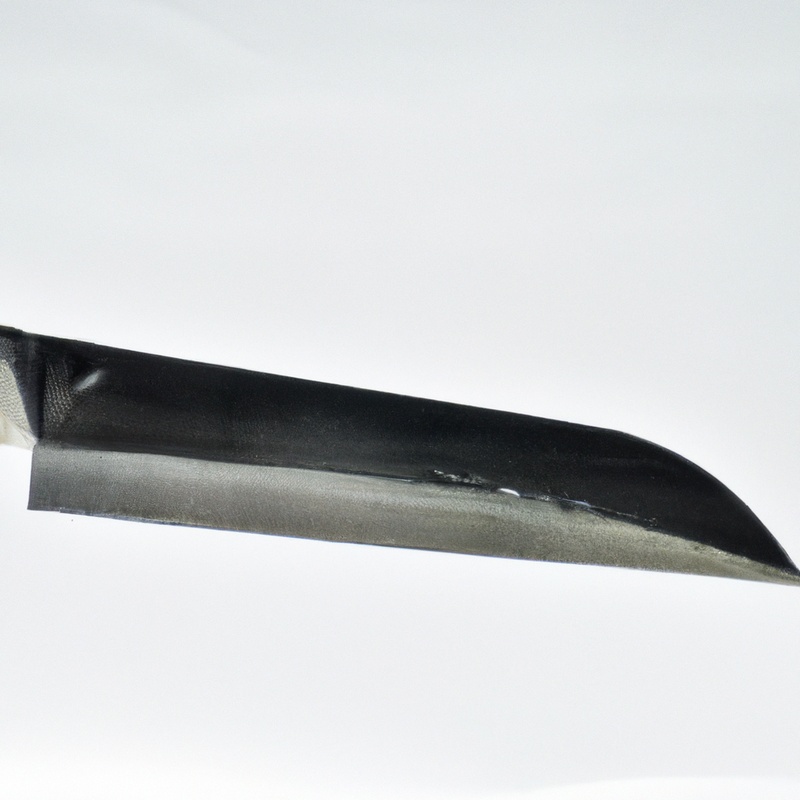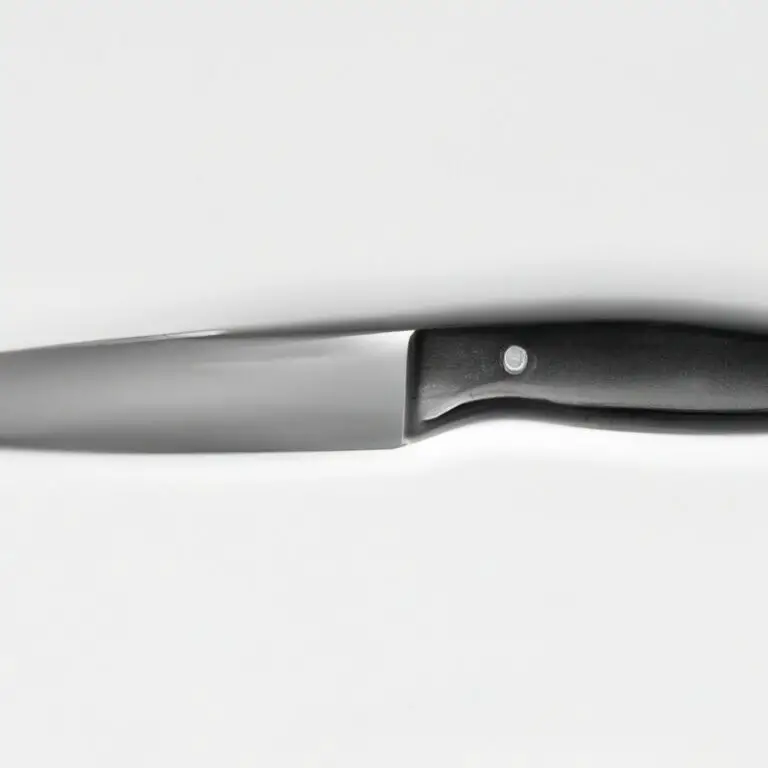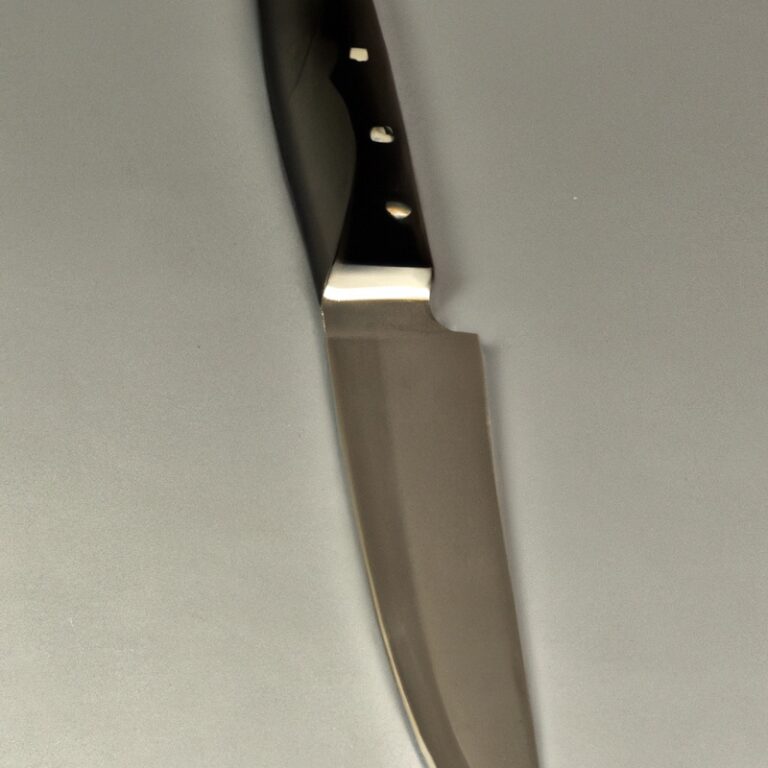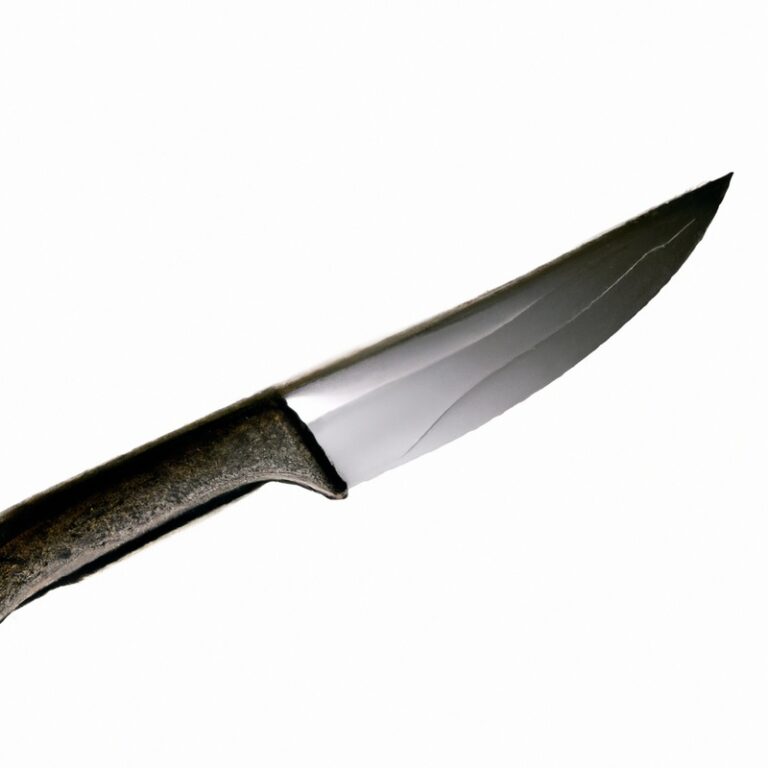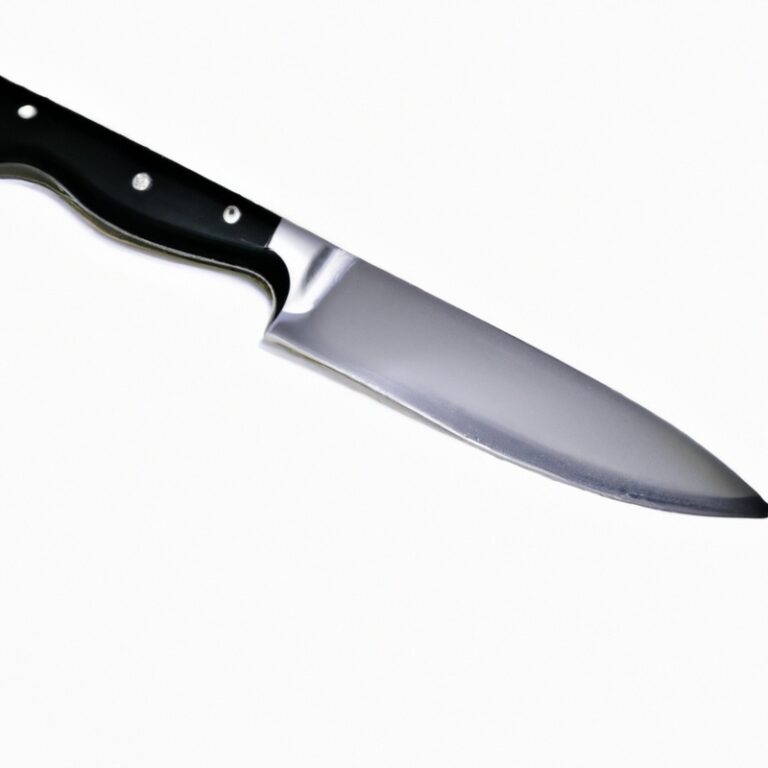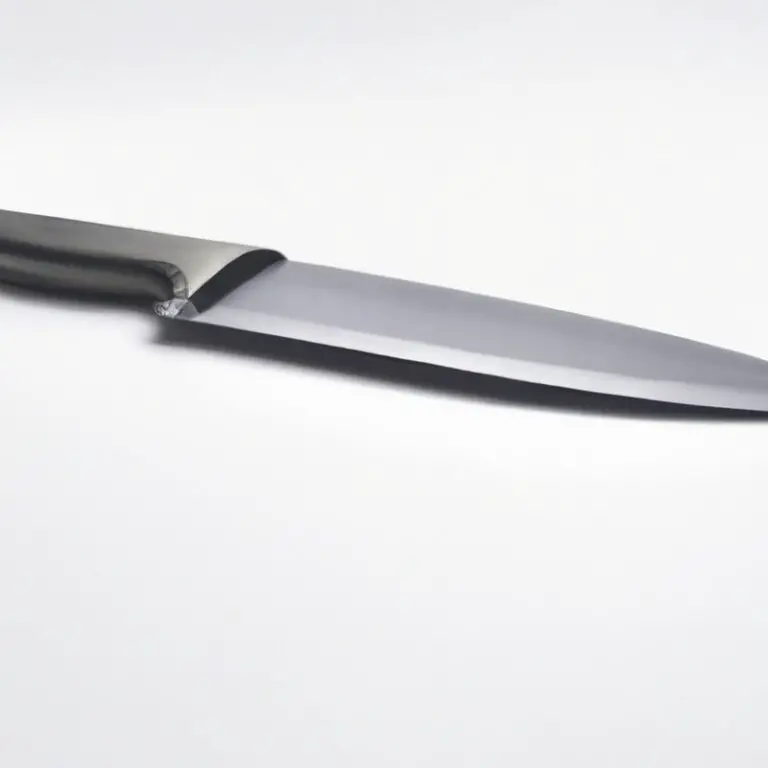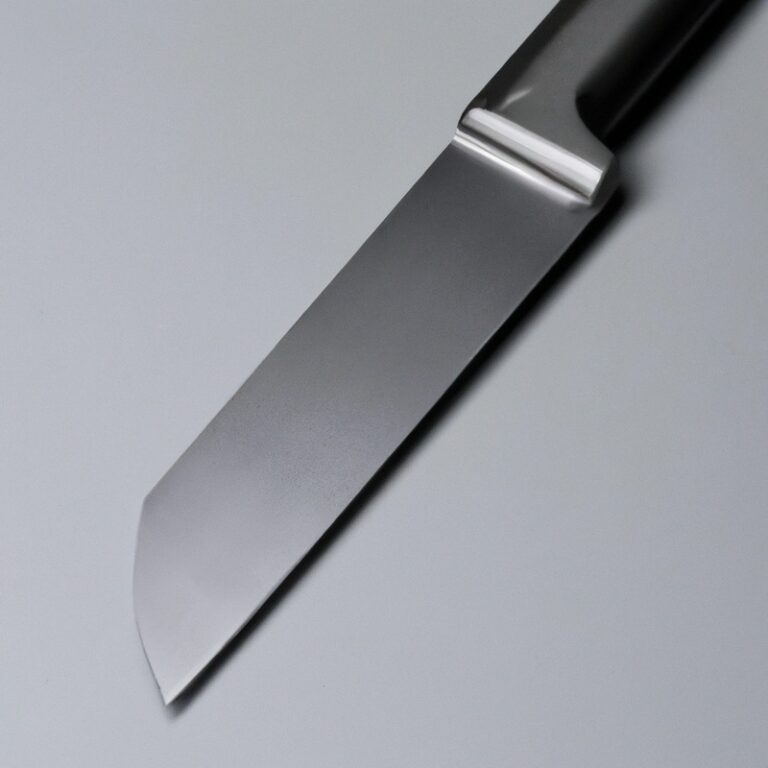What Makes a Serrated Knife Ideal For Cutting Through Crusty Breads Without Crushing Them?
Key Takeaways:
- Serrated knives feature a jagged edge that grips the crust of bread, allowing for clean cuts without squishing or compressing the loaf.
- The sharp teeth of a serrated knife create small contact points, minimizing friction and preventing the bread from tearing apart.
- Serrated blades have an increased surface area, distributing pressure more evenly and reducing the chances of the bread crumbling.
- The saw-like action of a serrated knife allows for effortless slicing through tough crusts while maintaining the integrity of the bread’s interior.
Have you ever struggled to slice through a fresh loaf of crusty bread without crushing it? It can be quite the challenge, and using the wrong knife only makes things worse.
That’s where the trusty serrated knife comes in.
With its unique design and cutting action, this kitchen essential is specifically crafted to tackle the toughest breads while maintaining their structure, texture, and flavor. In this article, I’ll explain the importance of using the right knife for cutting crusty breads, delve into the features that make a serrated knife stand out, and share some useful tips for using it effectively.
No more squished or mangled bread – let’s unlock the secret to perfect slices!
| Features | Benefits |
| Serrated Teeth | Allows for sawing motion, cutting through crusts without crushing the bread |
| Sharp Points | Pierce the crust of the bread, providing better control and preventing slips |
| Thin Blades | Reduce the resistance when cutting, resulting in clean slices |
| Long Blades | Can cut through bread loaves of various sizes without squishing or tearing |
| Durable Materials | Ensure the knife stays sharp and lasts longer when used on tough bread crusts |
Understanding the Importance of the Right Knife for Cutting Crusty Breads
The Challenge of Cutting Crusty Breads
Cutting crusty breads can be a challenge due to their hard exterior. The crust can be tough to slice through without crushing the bread inside.
Using a regular knife can result in flattened or squished bread, which is not what we want.
So, it’s essential to have the right knife that can handle the job effectively. A serrated knife is ideal for this task because its jagged edge easily bites into the crust without compressing the bread.
Serrated knives allow for clean, precise cuts, giving you beautifully sliced crusty bread every time.
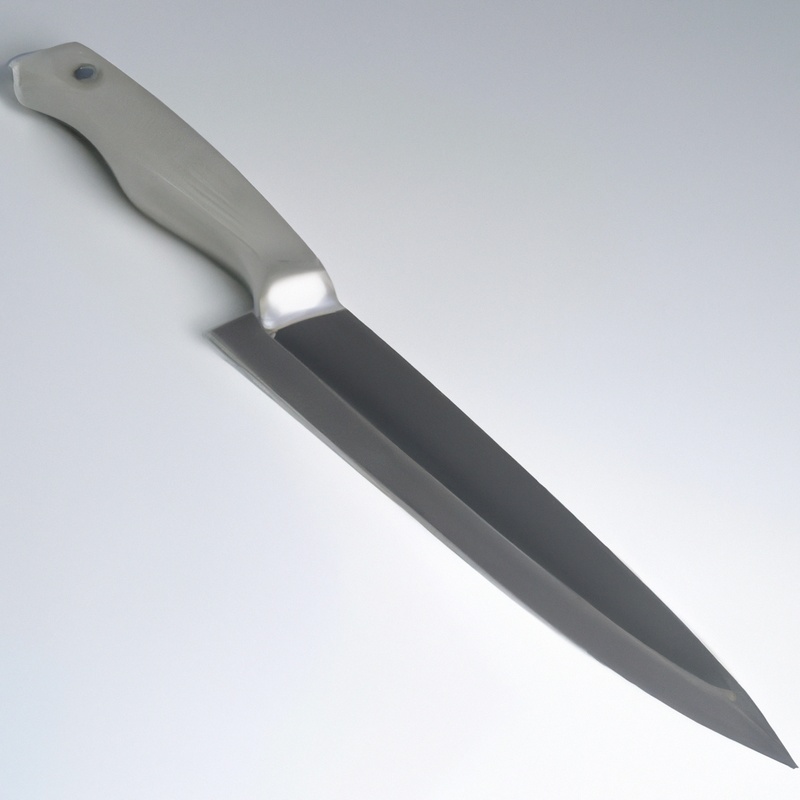
The Role of a Serrated Knife in Cutting Crusty Breads
A serrated knife plays a crucial role in cutting crusty breads. The teeth on the blade help to grip the bread’s crust, allowing for clean and precise slicing without crushing the loaf.
The serrations act as tiny saws that easily saw through the tough exterior, while the flat edge slices smoothly through the softer interior.
This unique design ensures that you can enjoy perfectly cut slices of crusty bread without squishing or tearing it apart.
The Key Features of a Serrated Knife
A serrated knife has several key features that make it ideal for cutting through crusty breads without crushing them.
- Serrated Edge: This is the most distinctive feature of a serrated knife. The edge has small, jagged teeth that grip the crust and help slice through it smoothly.
- Blade Length: Serrated knives typically have longer blades, which allow for longer, uninterrupted cuts through the bread. This is particularly important when dealing with large loaves or artisanal breads.
- Blade Thickness: Serrated knives have thicker blades compared to straight-edged knives. This thickness provides stability and prevents the knife from flexing or bending under pressure.
- Handle Design: A good serrated knife should have a comfortable and ergonomic handle that provides a secure grip. This ensures better control while cutting and reduces the risk of accidents.
These key features make a serrated knife a valuable tool for cutting crusty breads, ensuring clean slices without compromising texture or shape.
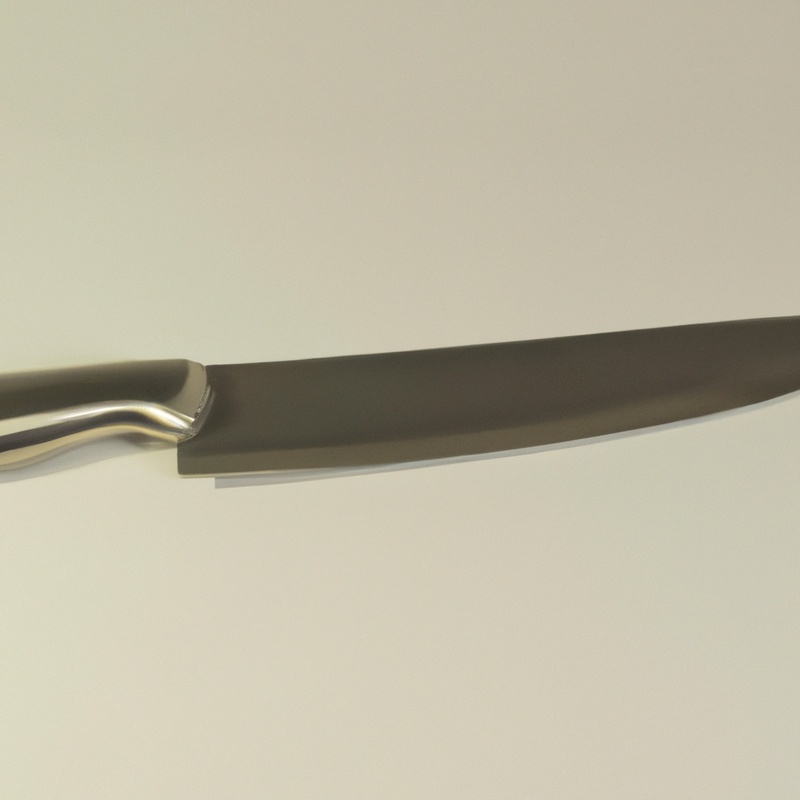
Benefits of Using a Serrated Knife for Cutting Crusty Breads
Using a serrated knife for cutting crusty breads offers several benefits. Firstly, the serrated edges of the knife allow for a sawing motion, which helps to easily slice through the hard crust without crushing the soft interior.
This ensures a clean and precise cut every time.
Secondly, the teeth on the serrated blade also help to grip the bread, preventing it from slipping or tearing during the cutting process. Lastly, serrated knives are versatile and can be used for a variety of other cutting tasks in the kitchen.
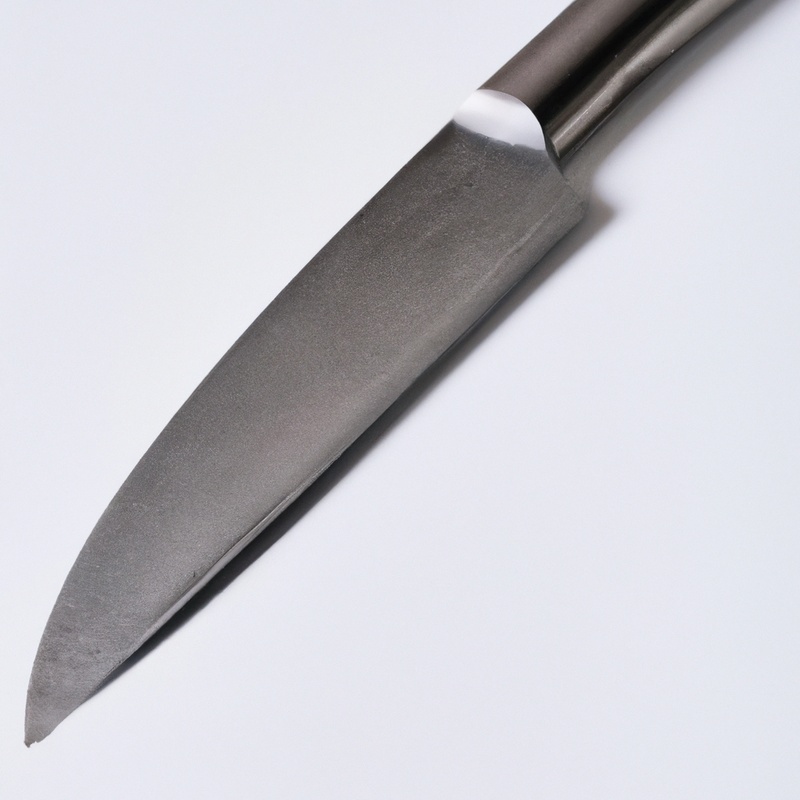
Other Factors to Consider When Choosing a Serrated Knife
When choosing a serrated knife for cutting crusty breads, there are a few other factors to consider. Firstly, the length of the blade is important.
A longer blade will allow you to make clean, smooth cuts through bread without crushing it.
Secondly, look for a knife with a comfortable handle that provides a secure grip. This will help you maintain control when slicing.
Thirdly, consider the overall quality and durability of the knife.
A well-made serrated knife will last longer and provide better performance. These factors can help ensure that you choose the right serrated knife for all your bread-cutting needs.
How Does a Serrated Knife Work?
The Design of Serrated Knife Blades
Serrated knife blades are designed with a unique toothed edge. These sharp, jagged teeth allow the blade to bite into hard surfaces like crusty bread.
The teeth help to grip the bread, preventing it from sliding or crushing.
The spacing between the teeth also creates pockets that help reduce friction, making it easier to slice through the bread without tearing or squishing it. This design is what makes serrated knives perfect for cutting crusty breads without compromising their texture.
The Cutting Action of Serrated Knives
The cutting action of serrated knives is unique because of their saw-like teeth. When you use a serrated knife to cut, the teeth grip and penetrate the surface of the food, creating a back-and-forth slicing motion.
This motion allows the knife to easily glide through tough or delicate foods, like crusty breads, without crushing them.
The serrations also help to create clean, precise cuts by breaking through the crust while maintaining the soft interior of the bread. So, when it comes to cutting crusty breads without squishing them, a serrated knife is the way to go!
The Effectiveness of Serrated Blades on Crusty Breads
Serrated blades are highly effective for cutting crusty breads because of their unique design. The teeth-like serrations along the blade create small points of pressure, allowing for a sawing motion that cuts through the hard crust without crushing the soft interior.
This design helps maintain the overall texture and shape of the bread, resulting in clean, precise slices.
The sharp, angled edges of the serrations also provide better control and grip, making it easier to maneuver the knife through the bread. So, if you want perfectly sliced crusty bread without any squished or flattened parts, a serrated knife is definitely the way to go.
Serrated Knives Vs. Straight-Edged Knives for Cutting Crusty Breads
Serrated knives are ideal for cutting crusty breads without crushing them. Unlike straight-edged knives, the serrations on the blade grip the bread’s crust, allowing for a sawing motion that slices through without exerting too much pressure.
The pointed tips of the serrations also help penetrate the crispy surface.
Straight-edged knives, on the other hand, can squish the bread due to their smooth blades. That’s why a serrated knife is the better choice for achieving clean and precise slices of crusty bread.
Tips for Using a Serrated Knife to Cut Crusty Breads
Choosing the Right Size and Shape
When it comes to choosing the right size and shape of a serrated knife for cutting crusty breads, there are a few key factors to consider. Firstly, opt for a knife with a blade length that matches the size of the loaf you typically work with.
A longer blade can handle bigger loaves, while a shorter one is better for smaller breads.
Secondly, consider the shape of the blade. A knife with a curved or offset blade will provide better leverage and allow for a smoother cutting motion.
Overall, selecting the right size and shape of serrated knife will enhance your bread-cutting experience.
Proper Grip and Technique
Proper grip and technique are essential when using a serrated knife to cut crusty breads. Here are some tips to help you achieve the best results:
- Hold the knife with a gentle but firm grip. Avoid gripping too tightly, as this can cause strain and reduce control.
- Position the knife at a slight angle, around 30 degrees, when cutting. This angle allows the serrated blade to catch the crust effectively while minimizing the risk of crushing the bread.
- Use a sawing motion rather than applying pressure. Saw back and forth, allowing the serrated teeth to do the work. This will help create clean, precise cuts without squashing the bread.
- Take your time and be patient. Cutting crusty breads can require a bit more effort than softer breads, but with the right technique, you’ll achieve evenly sliced pieces without losing their shape.
Remember, practice makes perfect. Take the time to get comfortable with your serrated knife, and soon you’ll be slicing through crusty bread like a pro!
Maintaining and Sharpening Your Serrated Knife
To maintain and sharpen your serrated knife, there are a few key steps you can follow. First, make sure to clean your knife after each use, using warm water and mild soap.
Avoid using abrasive scrubbers that can damage the serrations.
Next, regularly inspect your knife for any signs of wear or damage. If you notice any chips or bent serrations, it may be time for a replacement.
When it comes to sharpening, it’s best to leave it to the professionals.
Serrated knives require a special sharpening technique, so take it to a knife expert who can ensure the serrations are properly maintained.
Other Bread-Cutting Tools to Enhance Precision and Texture
There are a few other bread-cutting tools that can enhance precision and texture when slicing crusty breads. One option is a bread lame, which is a small, razor-sharp tool used to score the surface of the bread before baking.
This scoring allows the bread to expand properly and creates a beautiful pattern on the crust.
Another tool is a bread slicer or guide, which helps to achieve even slices by providing a stable surface and guiding the knife along a straight line. Additionally, a bread knife with a longer blade can be helpful for larger loaves, allowing for smoother, more controlled cuts.
Final Verdict
The right knife can make all the difference when it comes to cutting crusty breads without crushing them. A serrated knife is the perfect tool for this task, thanks to its unique design and cutting action.
The serrated blades grip the bread’s crust, allowing for clean and precise cuts, while the rounded serrations prevent the loaf from squishing or tearing.
Additionally, choosing the right size and shape, proper grip and technique, and regularly maintaining and sharpening your serrated knife will further enhance its performance. So, the next time you indulge in a crusty baguette or artisan bread, reach for a serrated knife and experience the joy of effortlessly slicing through without compromising the texture or shape.

